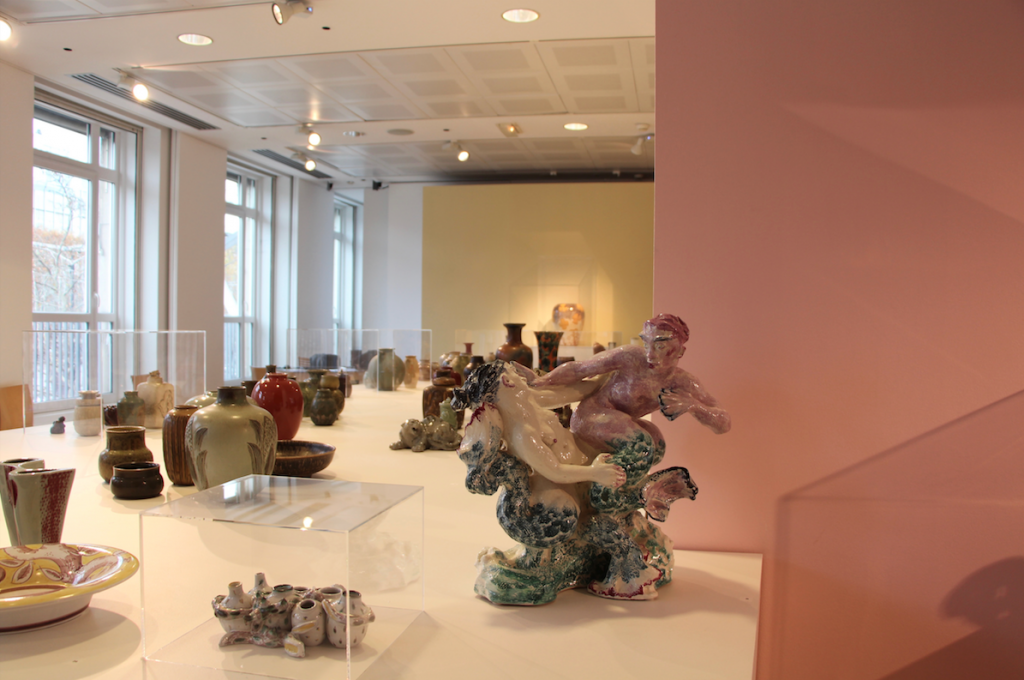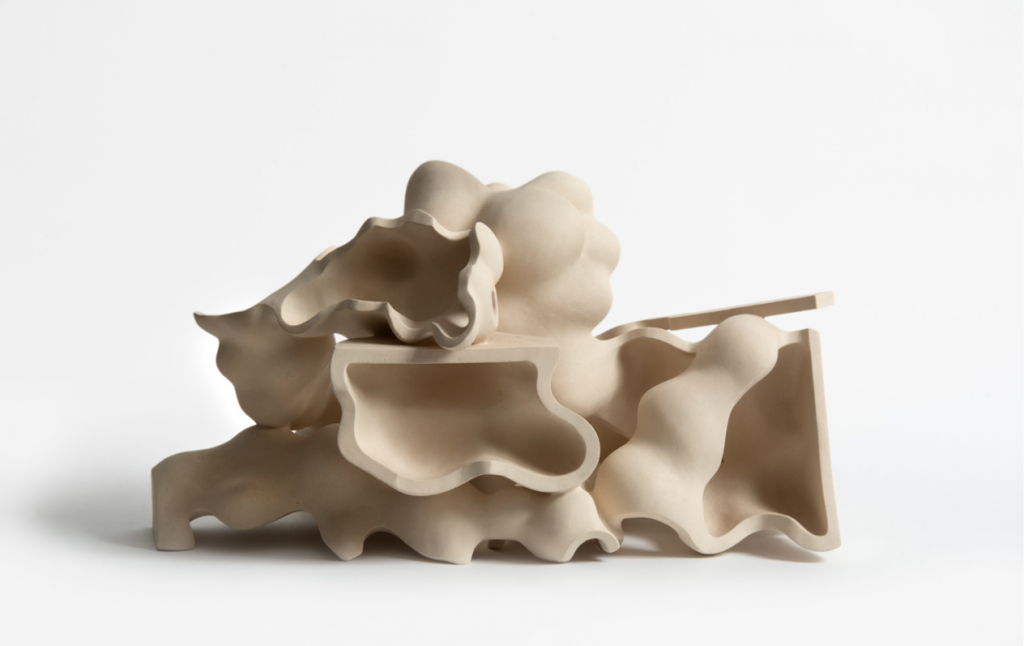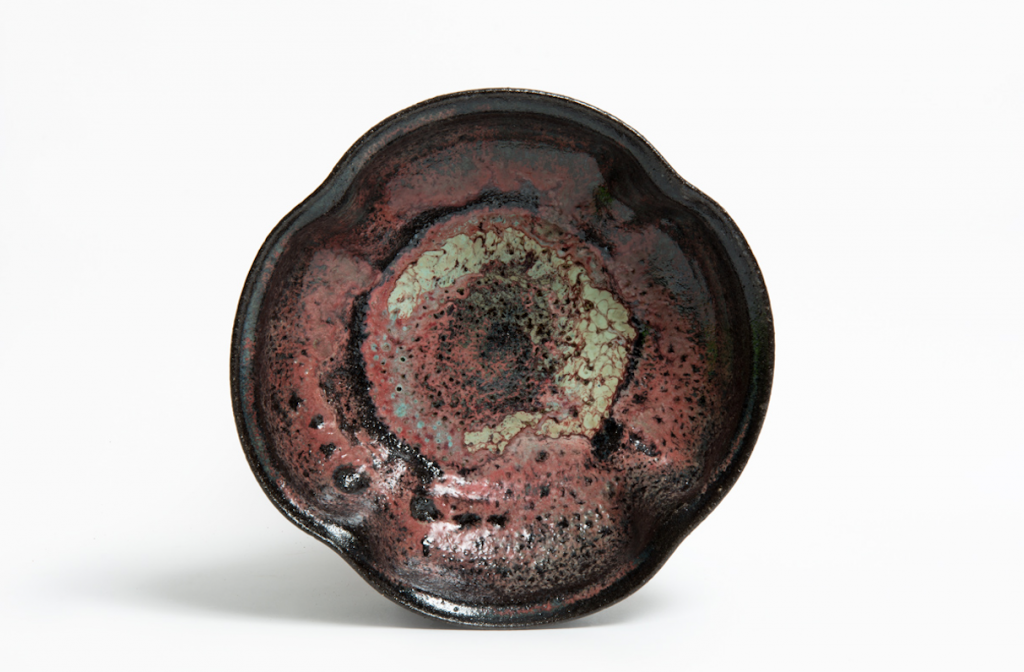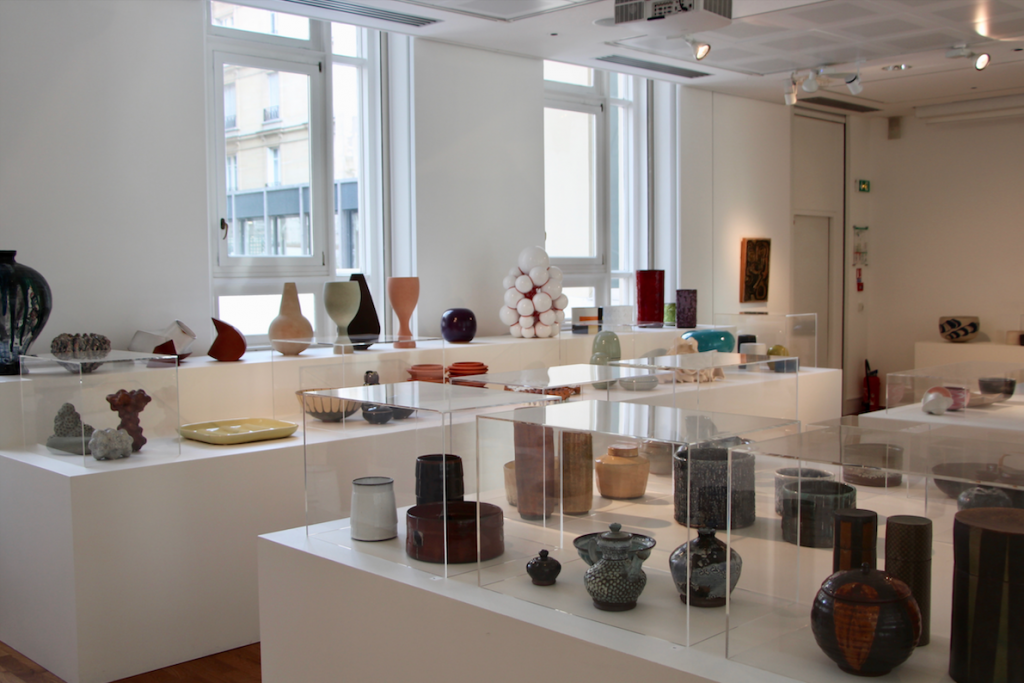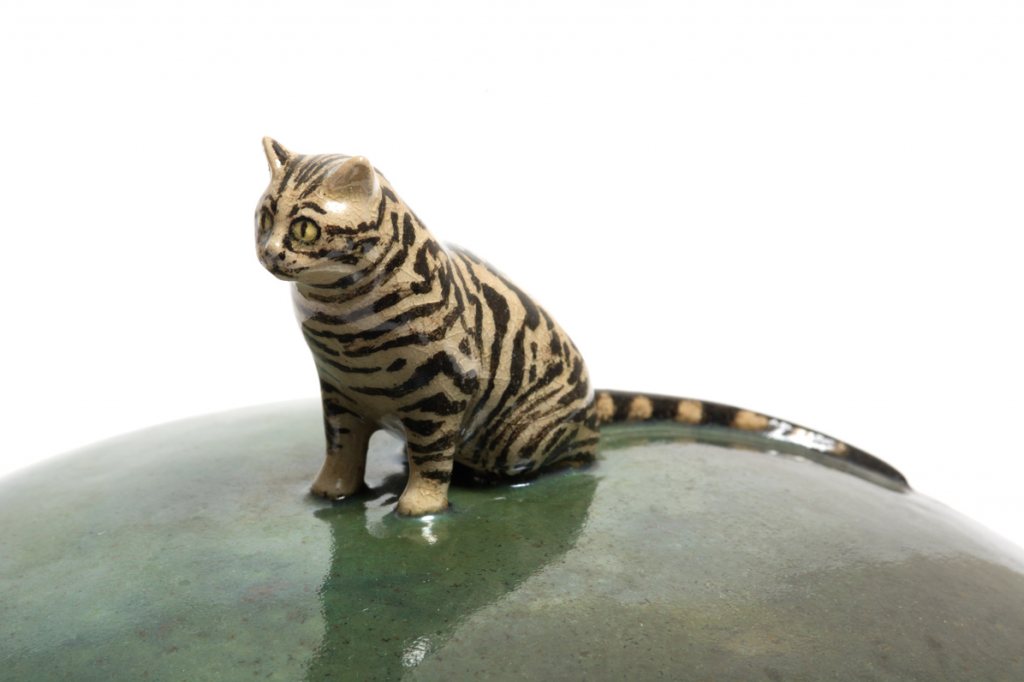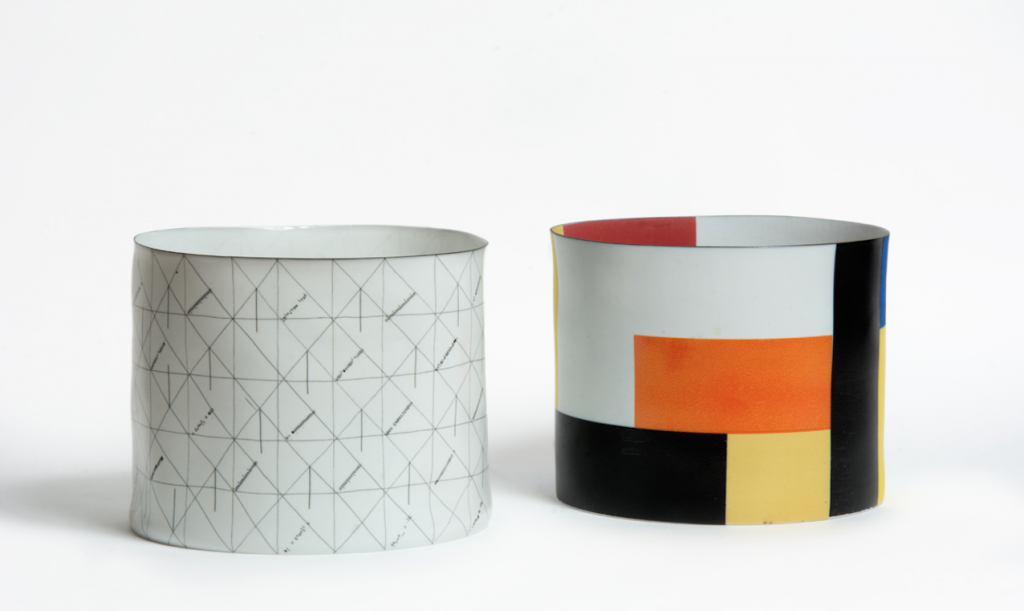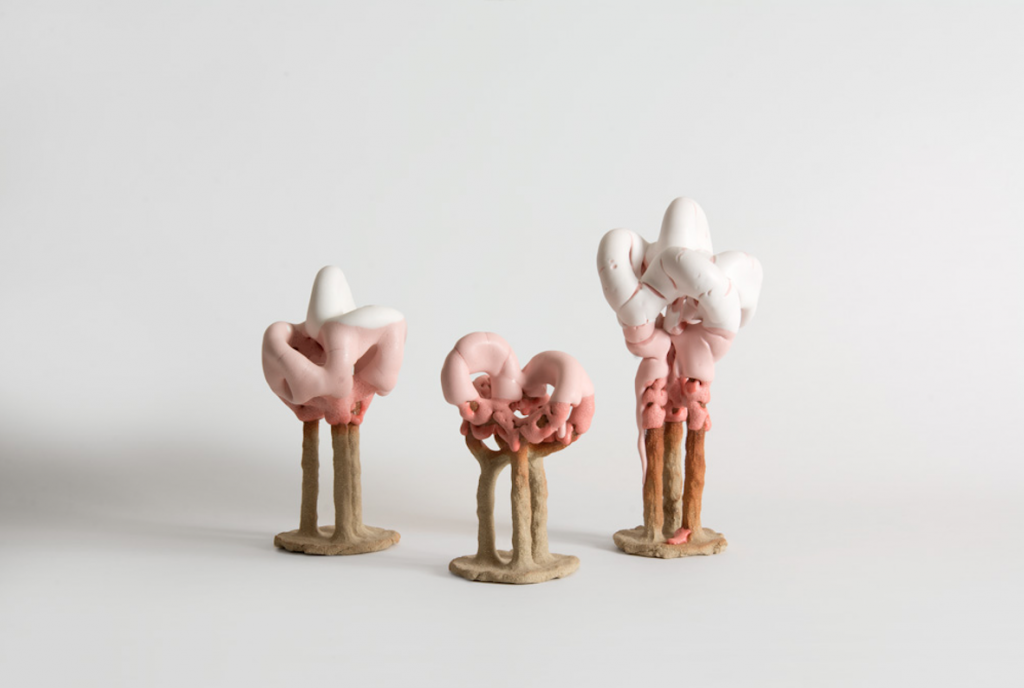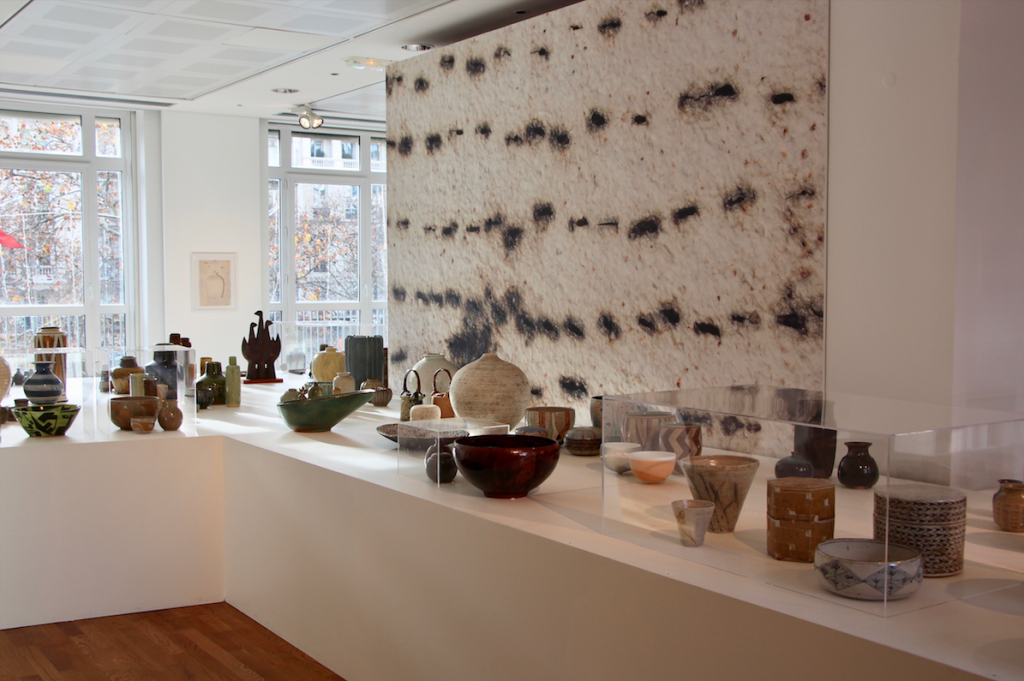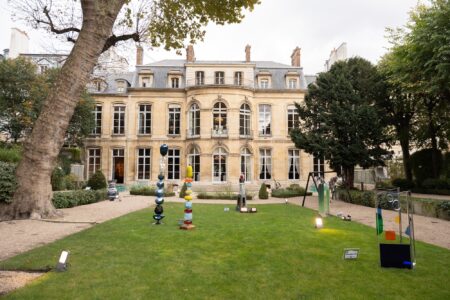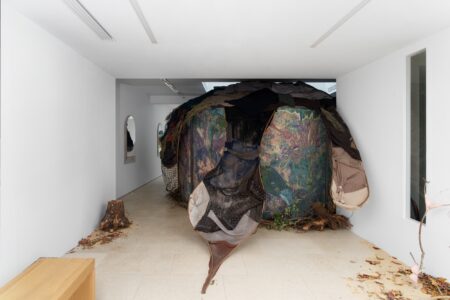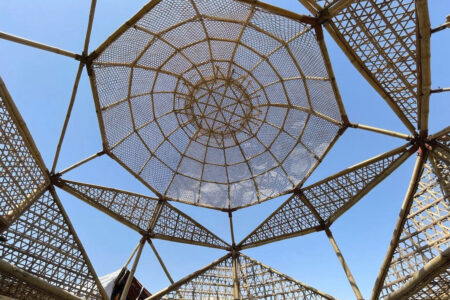Diving into Denmark: 100 years of Ceramic History
From clean lined geometric vases to abstract sculptures, Danish ceramics have a rich history. Maison du Danemark celebrates ‘100 Years of Danish Ceramics’
The production of Danish ceramics date back several hundred years. The Nordic country has constantly evolved its clay-based art and design techniques to pioneer distinctive works of ceramics. Celebrating this rich and varied history, the Maison du Danemark, Paris, is currently exhibiting over 500 pieces of ceramic work produced in the last century by Danish artists.
The exhibition 100 Years of Danish Ceramics, curated by Carsten Bagge Laustsen traces the history and influences of ceramics in Denmark from the Japanese inspired works of the late 1800s to the most innovative and technology-driven developments of today.
In the 1880s artists such as Thorvald Bindesbøll and Niels Hansen Jacobsen pioneered the use of clay for sculptural objects such as busts, reliefs, and dishes adorned with abstract decorations. These expressive forms were further experimental in their use of glazes. They used a running technique inspired by both Japanese and French Art Nouveau styles.
The “Scandinavian Modern” style with sleek lines and geometric forms emerged in the 1900s with decoration being replaced by utility and simplicity. The Danish Royal Porcelain Factory and Bing & Grøndahl heavily influenced the emergence of this style with many artists working to design and make stoneware pieces for their collections. This led to an emergence of ceramic studios in the 1920s and 30s which pursued nordic craftsmanship and created a name for Denmark on the global applied arts scene.
Entangled with political and global events, ceramic art evolved in various directions between the two World Wars and post World War II. Artists such as Erik Nyholm and Asger Jorn returned to a more experimental approach whilst others started to produce more simplified, lighter and thinner objects such as Bodil Manz, Alev Siesbye and Beate Andersen.
Today, Danish ceramics is predominantly centered around the small island of Bornholm in the Baltic Sea. Formerly the manufacturing base of the Hjort factory, the island now hosts a number of ceramic artists studios who make use of its natural abundance of clay. It was recently named a ‘World Craft Region’ by UNESCO, making it Europe’s first location to gain this title.
Contemporary ceramics can be classified by the emphasis on material exploration. The glazing experimentations of Christina Schou Christensen, Bente Skjøttgaard and Morten Løbner Espersen show one area of material innovation while the complex sculptures of Karen Bennicke and Steen Ibsen’s work demonstrate a sophisticated understanding of the structural possibilities of ceramics.
For over 100 years Danish ceramic artists have negotiated the boundaries between decorative and functional objects and developed technical skills that utilize and manipulate the material possibilities of clay.
‘100 years of Danish Ceramics at the Maison du Danemark’ will be on display until March 3
Cover image: Lisbeth Munch-Petersen (1909-1997), 1950-1990, Collection privée
